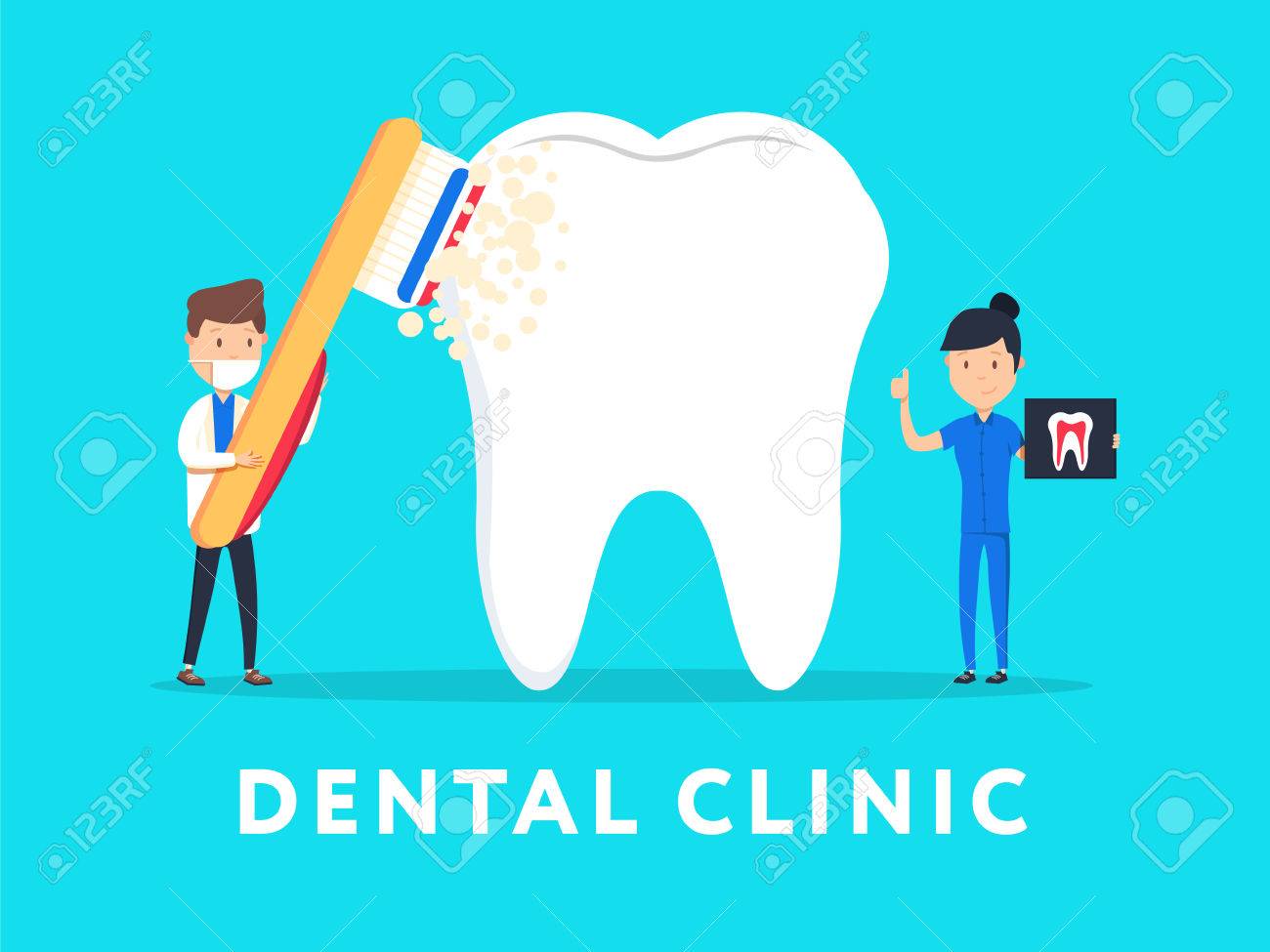The Next Era Of Dental Surgery: Breakthrough Innovations And Dopes Improving The Specialty
The Next Era Of Dental Surgery: Breakthrough Innovations And Dopes Improving The Specialty
Blog Article
Composed By-Bendixen Jefferson
Invite to the world of oral surgery, where developments and breakthroughs are shaping the future of the field! In this exciting world, you'll witness the transformative power of robotics, the sophisticated wonder of 3D printing, and the game-changing impact of minimally invasive techniques.
The future of oral surgery holds a guarantee of precision, performance, and enhanced patient outcomes. With the help of sophisticated robotics, cosmetic surgeons have the ability to perform complex treatments with greater accuracy and control.
3D printing technology is changing the production of oral implants and prosthetics, using tailored services that fit effortlessly into each patient's special anatomy.
Furthermore, minimally intrusive methods are reducing post-operative discomfort and recovery time, permitting clients to go back to their daily lives quicker.
Get ready to check out the exciting advancements and advances that are improving the landscape of oral surgery!
Developments in Robotics
One major advancement in oral surgery is the use of robotic technology, which enables exact and reliable surgical procedures. With see this site of robotic systems, dental doctors have the capability to do complex surgical procedures with boosted accuracy, lessening the risk of human mistake.
These robot systems are geared up with sophisticated imaging technology and accurate tools that enable doctors to browse with complex physiological frameworks easily. By utilizing robotic modern technology, specialists can achieve better surgical accuracy, causing improved person results and faster recovery times.
Furthermore, the use of robotics in oral surgery enables minimally invasive procedures, minimizing the trauma to surrounding tissues and promoting faster recovery.
3D Printing in Oral Surgery
To enhance the area of dental surgery, you can check out the subtopic of 3D printing in dental surgery. This innovative technology has the potential to change the way dental doctors operate and deal with individuals. Right here are 4 essential methods which 3D printing is forming the field:
- ** Custom-made Surgical Guides **: 3D printing permits the creation of very precise and patient-specific medical overviews, improving the precision and efficiency of procedures.
- ** https://www.wfaa.com/video/entertainment/television/programs/good-morning-texas/straighten-your-teeth-with-invisalign/287-d31dcba3-b544-48ce-a780-6ef237de8a59 **: With 3D printing, oral doctors can develop personalized implant prosthetics that flawlessly fit a patient's one-of-a-kind makeup, leading to much better outcomes and individual contentment.
- ** Bone Grafting **: 3D printing allows the production of patient-specific bone grafts, decreasing the requirement for conventional implanting strategies and improving recovery and recuperation time.
- ** Education and learning and Educating **: 3D printing can be utilized to develop reasonable medical versions for educational purposes, permitting dental cosmetic surgeons to exercise intricate treatments prior to executing them on patients.
With its possible to enhance precision, personalization, and training, 3D printing is an exciting advancement in the field of dental surgery.
Minimally Invasive Methods
To additionally progress the field of oral surgery, embrace the possibility of minimally invasive techniques that can substantially benefit both cosmetic surgeons and clients alike.
Minimally invasive methods are revolutionizing the area by minimizing medical injury, minimizing post-operative discomfort, and accelerating the recuperation process. https://griffinygjln.blogoxo.com/33162677/dental-implants-for-elders-what-you-required-to-know include making use of smaller incisions and specialized tools to carry out treatments with precision and performance.
By utilizing advanced clicking here , such as cone beam calculated tomography (CBCT), doctors can precisely plan and carry out surgeries with minimal invasiveness.
Furthermore, making use of lasers in dental surgery permits precise tissue cutting and coagulation, causing minimized bleeding and minimized healing time.
With minimally invasive techniques, clients can experience quicker healing, reduced scarring, and enhanced end results, making it an important aspect of the future of dental surgery.
Verdict
So, as you can see, the future of dental surgery is exceptionally appealing, with interesting innovations and breakthroughs forming the area.
From the innovations in robotics to the use of 3D printing and minimally invasive techniques, dental surgeons are reinventing the method they give care.
While some may bother with the potential price associated with these developments, it is very important to bear in mind that these technologies eventually boost person outcomes and minimize healing time, making them well worth the financial investment in the future.
